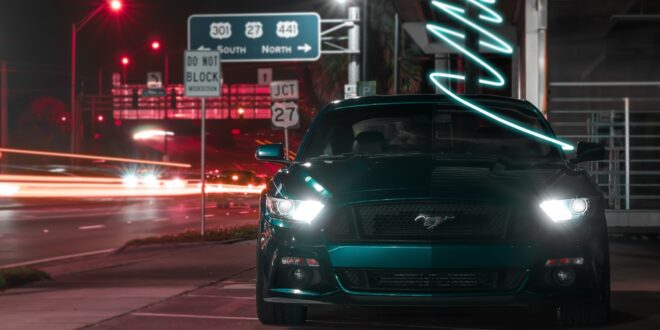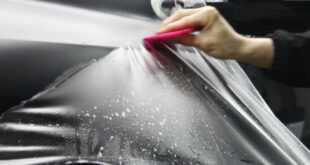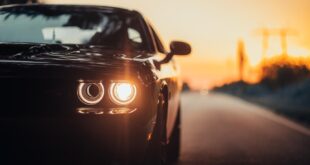Buying a new vehicle is usually an important decision in the life of an average driver. Getting yourself a new vehicle for your everyday use is fun, exciting, and interesting, but it can also prove challenging. The latter is especially true when buying a used car.
In order to purchase the best-used car possible, you should know some crucial information. In this article, we will go over the most important things to look for when buying a used car in 2024. Make sure to follow the advice carefully when you next decide to buy a used car. To find out more, click here.
History of the Vehicle
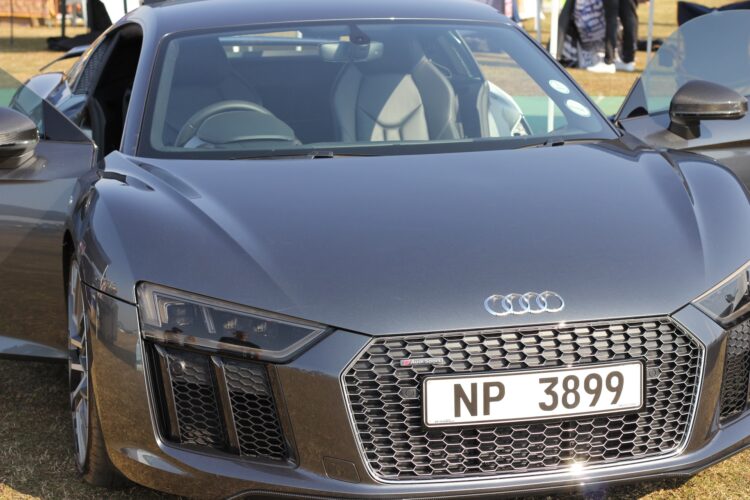
While discussing the car with the owner, you have to ask them to tell you everything about the car. When did they buy it? Are they the first owner? How long did they drive it and how often? Any information no matter how insignificant it may seem is important to determine a fair price at the end. Cars differ greatly and it is largely due to the amount of care by the owner. Therefore, before purchasing one, you have to be familiar with the vehicle’s history.
Frame Inspection
Once you arrive at the destination of the car, you will most likely wish to view it from all sides and angles. And you should, because inspecting the frame is one of the crucial things you need to do in order to check the overall condition of the car. Is the car level while sitting on the ground? Is something hanging from the undercarriage, are the bumpers in good shape? Always inspect the trunk and the hood too. If you notice some very new bolts or warping of the frame, an accident might have happened recently and it is something worth talking about with the owner.
Paintjob Damage and Rust
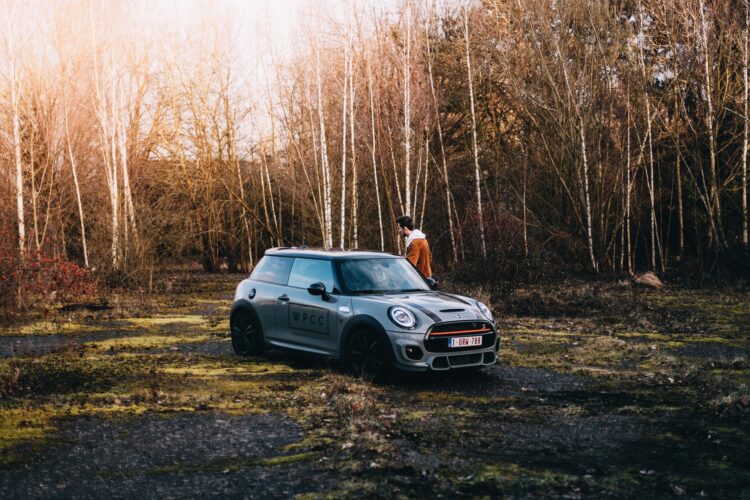
While touring the car for potential issues, pay close attention to rust spots around the fenders, the side skirts, and the bumpers. Small rust patches can be fixed easily, but large corroding areas with missing metal parts are quite alarming. A new coat of paint can always be applied, but a car does look worse and it should be cheaper if the paint is chipped or faded.
Tire Condition
Tires are often overlooked when used cars are being purchased and in more ways than one. For starters, all four tires should match. If they do not, it means there was a puncture or some more severe damage which should be reflected in the price. If the treads are uneven or if there is extra wear and tear of a particular tire, in the front or back, or left or right, it may mean that the alignment is poor or that there are steering, frame, and or suspension issues. As you can see, inspecting the tires thoroughly goes a long way as it is easy to spot potential problems.
Mileage

An average car puts around 20,000 kilometers behind its taillights. It is then quite easy to determine how much the car in question has done. Simply divide the total number on the odometer with the age of the vehicle. Of course, it the owner has reset the meter, use your judgment to determine the mileage according to the overall state of the rest of the car’s features. High mileage vehicles are easily distinguishable, have much more wear and tear, and need more mechanical assistance.
Interior Electronics
Once you are done with the exterior, it is time to jump into the car and thoroughly inspect everything inside. Start off by looking through all the electronics and push every button to see if it does what it is supposed to. Cockpit elements are key to a comfortable and secure riding experience, and basic things like window buttons, radio, and AC controls are a must. If it is a newer generation car that is still second-hand, inspect the advanced electronics too including the infotainment system, the speakers, navigation, and the steering wheel controls.
Upholstery
Although it is possible to change the upholstery once you buy the car, it says a lot about how much care the owner has put into the car by taking a quick glance at the upholstery. Most upholsteries take quite a beating over the years so make sure to inspect it for spills, stains, tears, and cracks. Changing it completely is often pricey and it makes no sense to invest in new upholstery if it is going to be worth more than you paid for the car.
Obligatory Test Drive
Alright, now you have inspected and checked everything there is to check on a car. What is left do to? Well, arguably the most important part. Since you are buying a vehicle that you will be driving constantly, before you pay money for it you should experience how it behaves on the road. Take a test drive around the city and see first-hand how the car behaves during some everyday scenarios. Overtake some vehicles, go faster and slower, make some turns and sudden brakes. In addition, check the lights and all the electronics while you are driving. Listen for any weird noises and once you stop, open the hood to see if everything is ok and look underneath the car for any leaks. The test drive is the best judge of whether you will enjoy driving the car if you buy it or not.
Mechanic
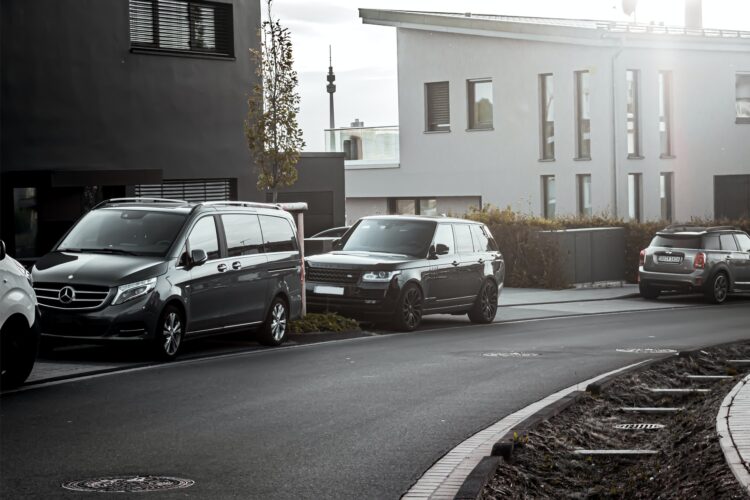
When you have completed the test drive, all that is left to do is buy the car if you end up enjoying the drive. Or is it? The real final thing you simply must do is wait for the opinion of a professional. If you have someone who knows their way around cars, bring them with you to the whole ordeal. If not, you can always ask a mechanic or bring the car around their shop for them to give it a proper inspection. This will cost you but there is no better way of knowing if you are making the right move by considering the purchase. If the mechanic says all is well, shake the now-ex-owner’s hand and drive off into the sunset!
 Hi Boox Popular Magazine 2024
Hi Boox Popular Magazine 2024
